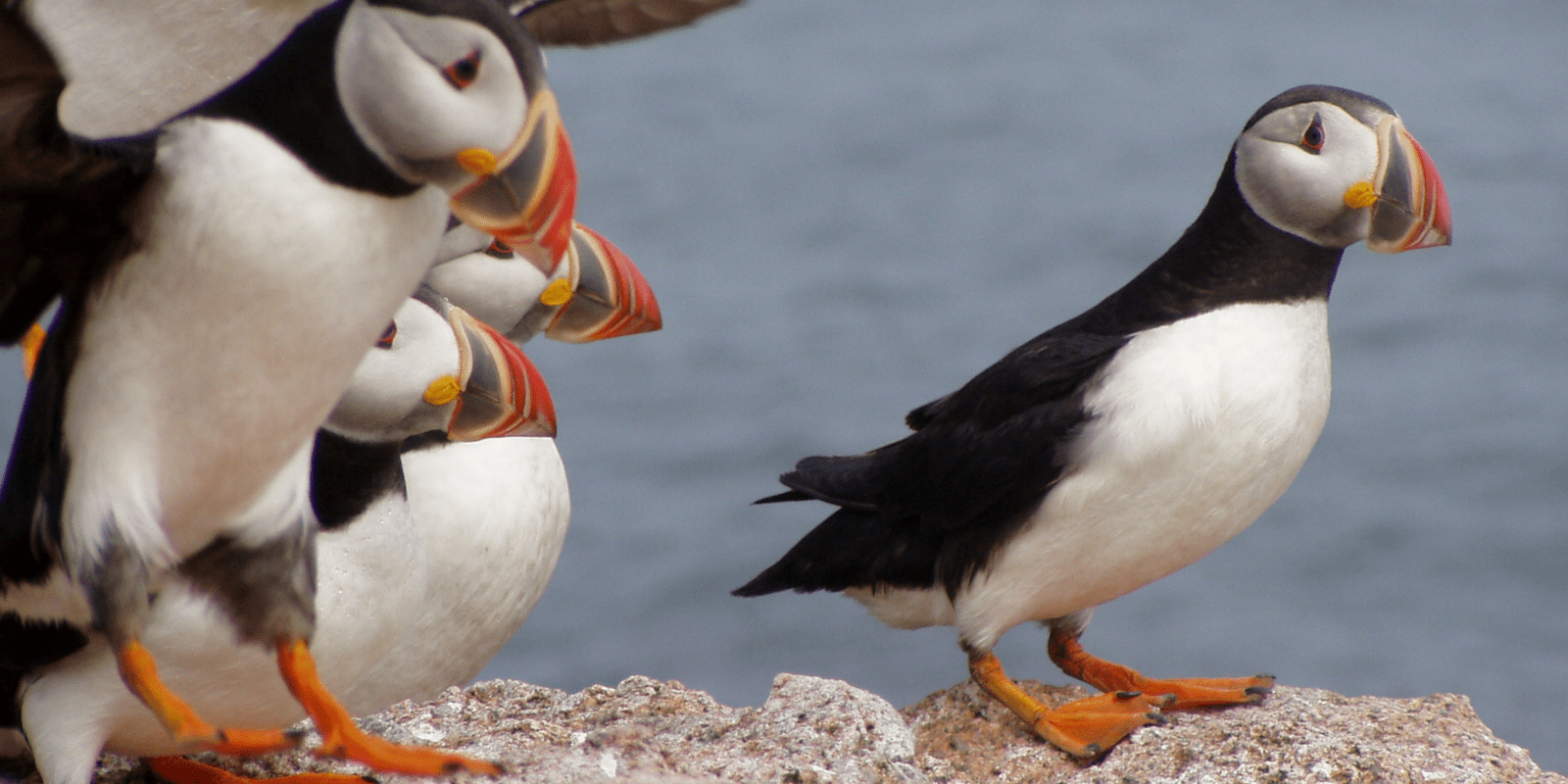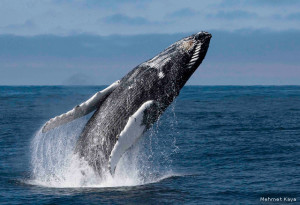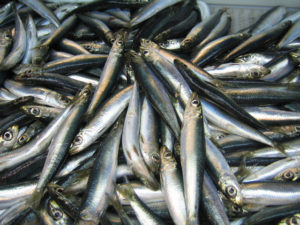We have much more to do and your continued support is needed now more than ever.
How Conserving Atlantic Herring Protects Puffins

Atlantic herring are not the most charismatic fish. Small, oily, and, as it turns out, capable of communicating through their flatulence, they are not the top of the list of species we might be inspired to protect. However, you may be more familiar with species that feed on herring, including humpback whales, striped bass, terns, puffin, porpoises and dolphins. A basic understanding of food webs tells us if we want to protect these well-known species, we have to protect Atlantic herring as well. Thanks to a new proposed management plan from the New England Fisheries Management Council, we have a unique opportunity to protect herring and these predators.
Herring have been an important New England fish for centuries, including as bait for lobster. For most of the fishery’s existence, herring were caught by smaller boats and equipment.

Over the last 25 years, much larger ships – known as mid-water trawlers – have been dragging nets as long as football fields in near-shore environments. These ships that can hold up to a million pounds of fish each contribute to localized depletion, where a local population of herring can nearly be eradicated, and also catch numerous unwanted species like herring predators in the process.
The result? This year the National Oceanic and Atmospheric Administration announced it was cutting the allowable catch for herring in half due to concerns about a rapidly declining population.
In its new proposed management strategy, the Council can address these issues by adopting two new rules. First, it should ban mid-water trawlers within fifty miles of shore where most predators feed and localized depletion is at highest risk. Second, it should manage herring as a forage fish, which would mean ensuring a certain amount of the population remains unfished to benefit predators.
Not only would these measures protect predators, they would also be conservative measures that could minimize the boom-and-bust cycle of the herring population, providing stability for commercial fishermen and wildlife alike.

Additionally, these provisions won’t eliminate fishing for herring in these areas, but return it to the traditional small scale fishery it had been for most of the 20th century.
We believe it is important to maintain populations of herring and other forage species to protect the health of larger predators like whales. As we all know, it is sometimes the smallest thing in nature that can make the biggest difference, and that is why we must protect herring from large mid-water trawlers and manage them conservatively.





















